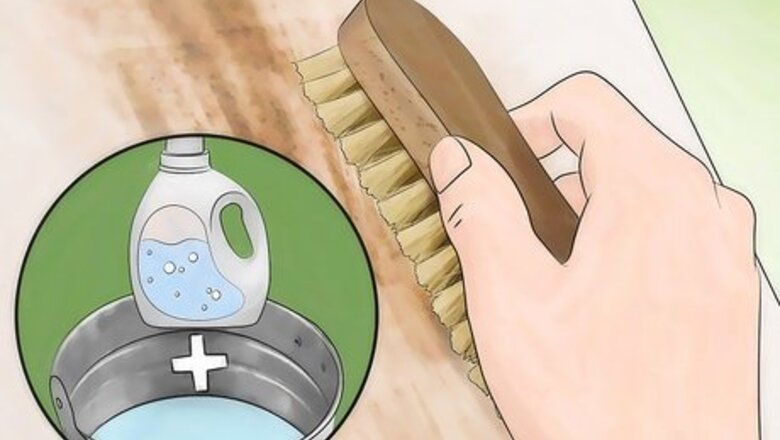
views
How to Remove Rust with Household Products
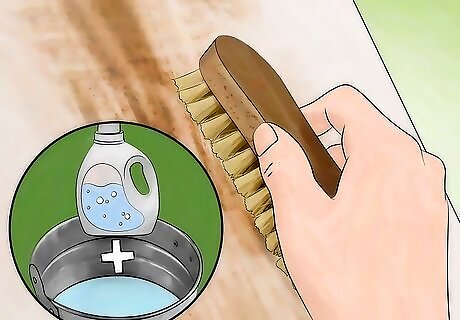
Scrub the rusted area with a stiff brush and a strong detergent solution. This can help to remove any rust on the surface of the paint without damaging the painted surface. You can use a plastic brush or steel wool. Mix washing detergent with water and scrub the area until the rust is gone. Let the area dry completely before you apply any paint or sealer, as you do not want to area to retain any moisture.
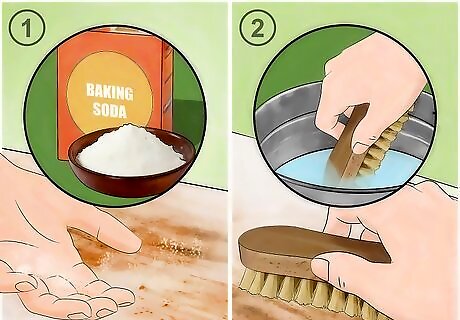
Try baking soda and water. Baking soda can help to break down the rust. Apply baking soda to the rusty area and use a brush dipped in water to scrub the rust off the painted surface. Scrub gently so you do not damage the painted surface.
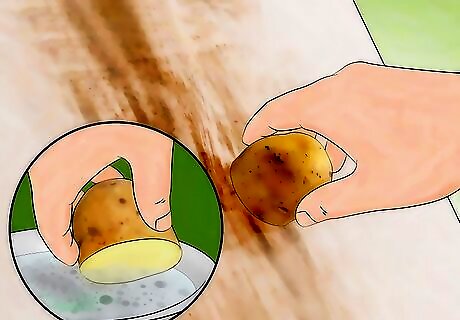
Rub the area with dish soap and a potato. If you are worried about damaging the painted surface or if the painted surface is delicate, you can cut a potato in half and dip it into a bowl of dish soap. You can then apply the cut potato to the painted surface and rub away the rust. You can then cut the top layer of the potato and dip it in soap again to continue rubbing on the area until the rust comes off.
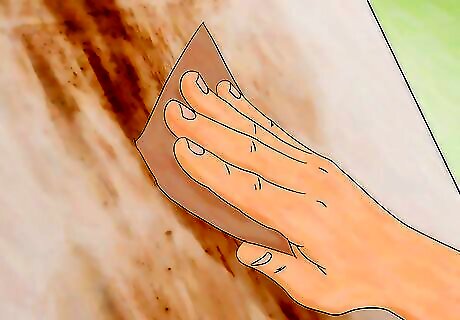
Use sandpaper to remove the rust. Another option is to use sandpaper to remove the rust. Use very fine, fine, or medium sand paper so you do not damage the painted surface while sanding. Even if you are very careful, you will likely need to touch up the paint afterwards. Always wear safety goggles to protect your eyes from the sandpaper. You may also want to wear a protective mask so you do not breath in the sandpaper particles. If the rust does not come off with the sandpaper due to excessive rust build up, you may want to use a drill mount abrasive. You can mount the abrasive onto your drill and drill the surface until the rust comes off.
How to Apply Rust Removal Products
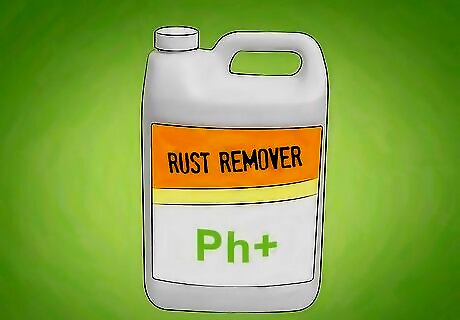
Use a rust remover that is less acidic. Acid can dull or even remove paint. Avoid damaging the painted surface by using a rust remover that is pH neutral or has a high pH, as it will be mild and less acidic. Look for pH neutral rust removers at your local hardware store.
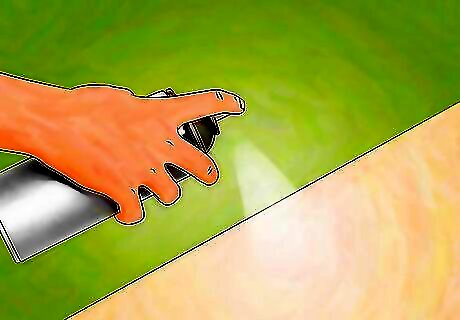
Put an undercoating on the area. You can find undercoatings at your local hardware store or paint store. This product can be applied to a painted surface to stop the spread of the rust and prevent rust from developing on the painted surface. Be sure to remove as much rust as possible before applying.
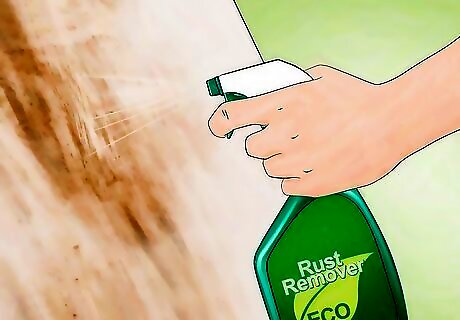
Apply an eco-friendly rust remover. If you are concerned about using harsh chemicals on the painted area to remove the rust, go for an eco-friendly rust remover. These removers are made with natural ingredients and can be rinsed off surfaces with water. Look for eco-friendly rust removers at your local hardware store.
How to Prevent Rust on Paint
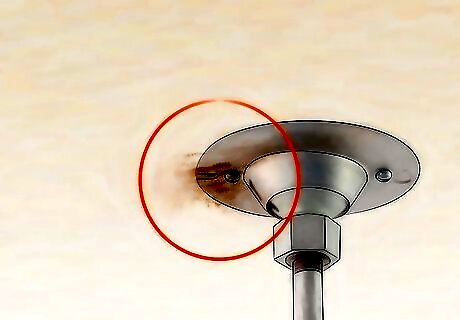
Remove or replace any metal in the area that is not rust-resistant. To keep the rust from appearing again, you need to identify the cause(s) of the rust and address it. This could be a metal railing or item on the painted surface that is not rust resistant, a light fixture that is not rust resistant, or another object attached to the painted surface made of iron or steel. Look for any metal items that could be causing the rust and remove them or replace them so they are rust resistant. Though a fixture may be made of materials that are rust-resistant, like aluminum or brass, the screws, bolts, or other fasteners may not be rust-resistant. They can then cause rust to appear. Check the screws and bolts to ensure they are resistant to rust or caulk and seal these open areas.
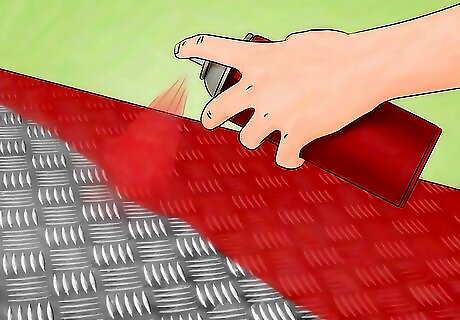
Apply rust-resistant metal primer to metal fixtures. If you're painting a metal surface that isn't rust-resistant, first go over it with a layer of oxidizing primer. This will protect the metal and prevent rust from appearing on the hardware or on the painted surface. To get the primer to adhere to the metal more easily, try scuffing the surface lightly with 80-120 grit sandpaper or a wire brush.
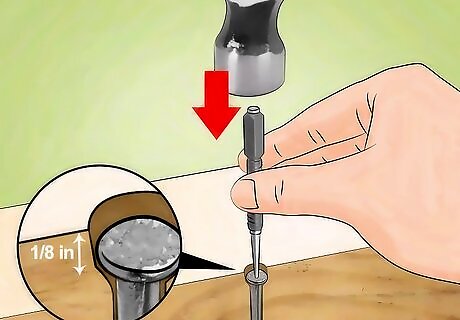
Countersink any nails in the painted surface. One of the most common sources of rust is nails that have rusted in the painted surface or along the rusted surface. You should look for any rusted nails in the painted surface and replace them with new nails. Use a nail punch to countersink the nails so they are ⅛” below the surface. This will prevent the nails from retaining moisture from the air outside and rusting. You can then fill any holes in the painted surface with putty to prevent water from getting into the painted surface. Make sure the painted surface is smooth and rust free before you paint over it.




















Comments
0 comment